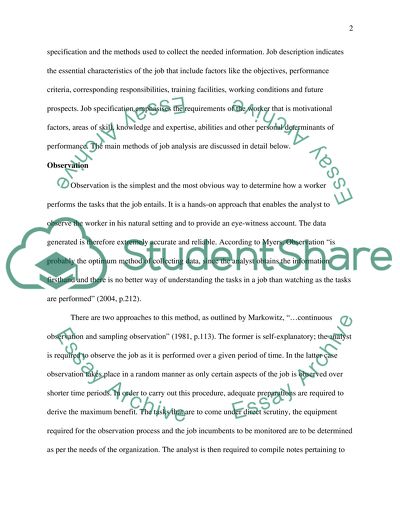Cite this document
(“Job Analysis Essay Example | Topics and Well Written Essays - 3000 words”, n.d.)
Retrieved from https://studentshare.org/sociology/1524087-job-analysis
Retrieved from https://studentshare.org/sociology/1524087-job-analysis
(Job Analysis Essay Example | Topics and Well Written Essays - 3000 Words)
https://studentshare.org/sociology/1524087-job-analysis.
https://studentshare.org/sociology/1524087-job-analysis.
“Job Analysis Essay Example | Topics and Well Written Essays - 3000 Words”, n.d. https://studentshare.org/sociology/1524087-job-analysis.


